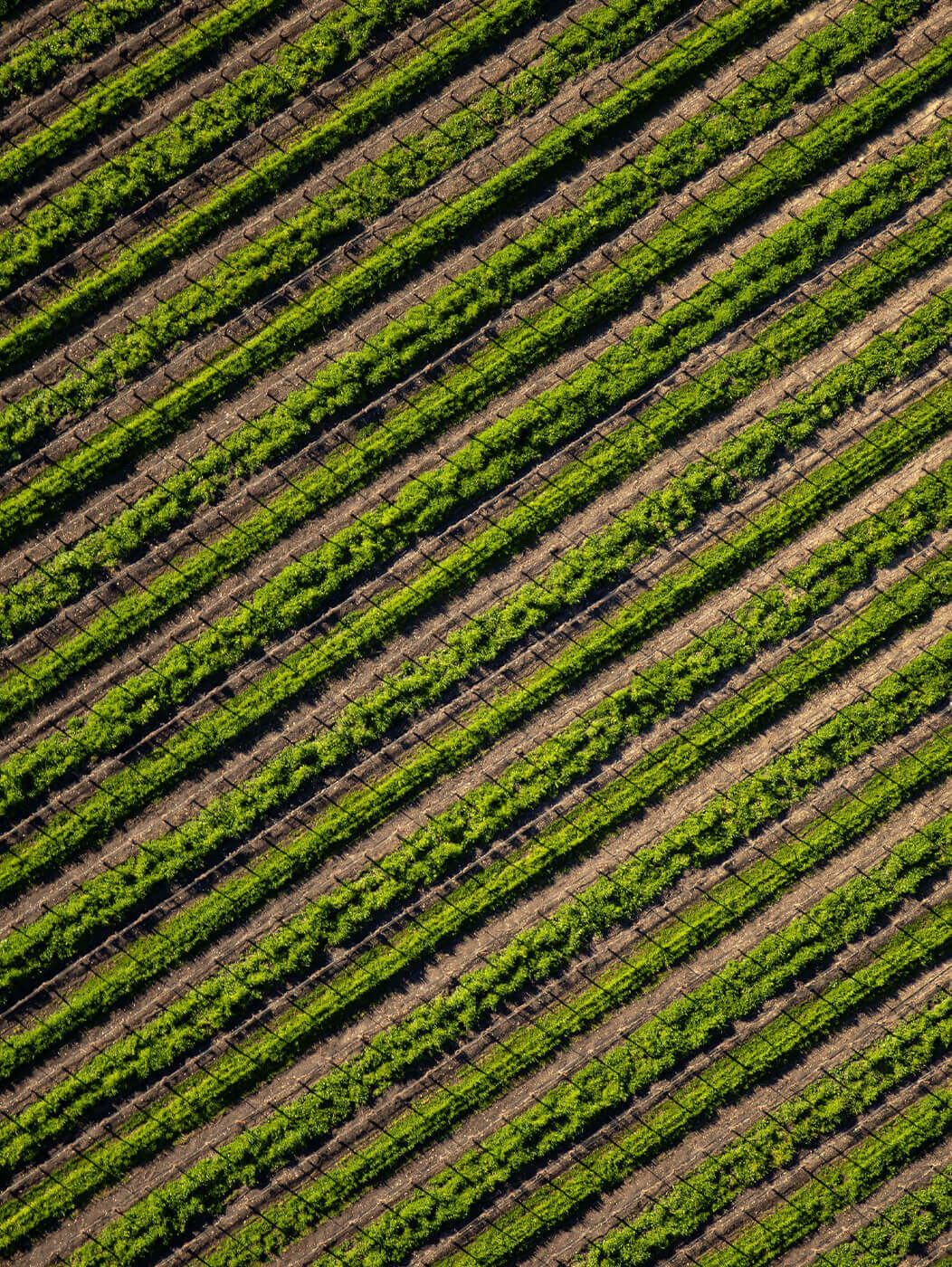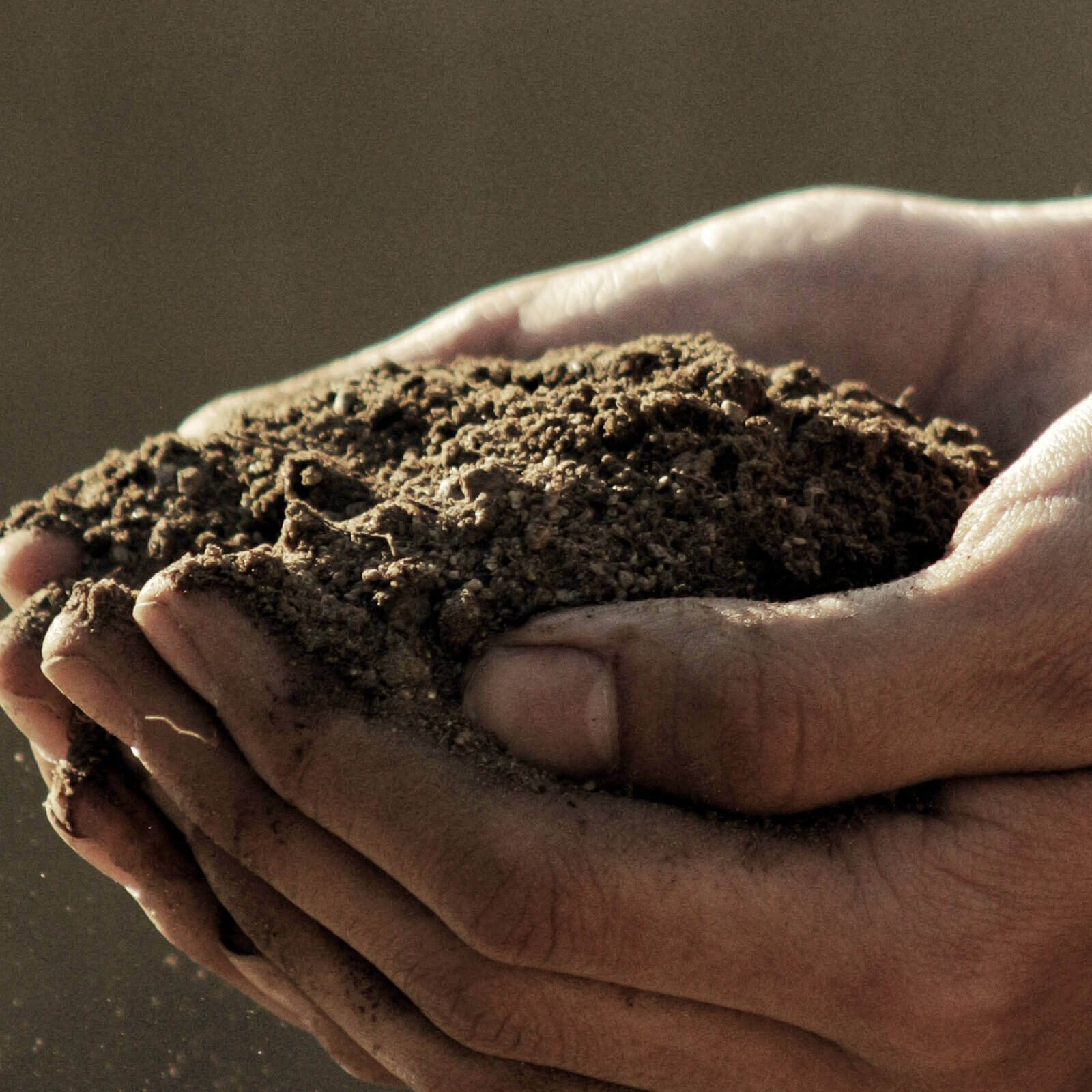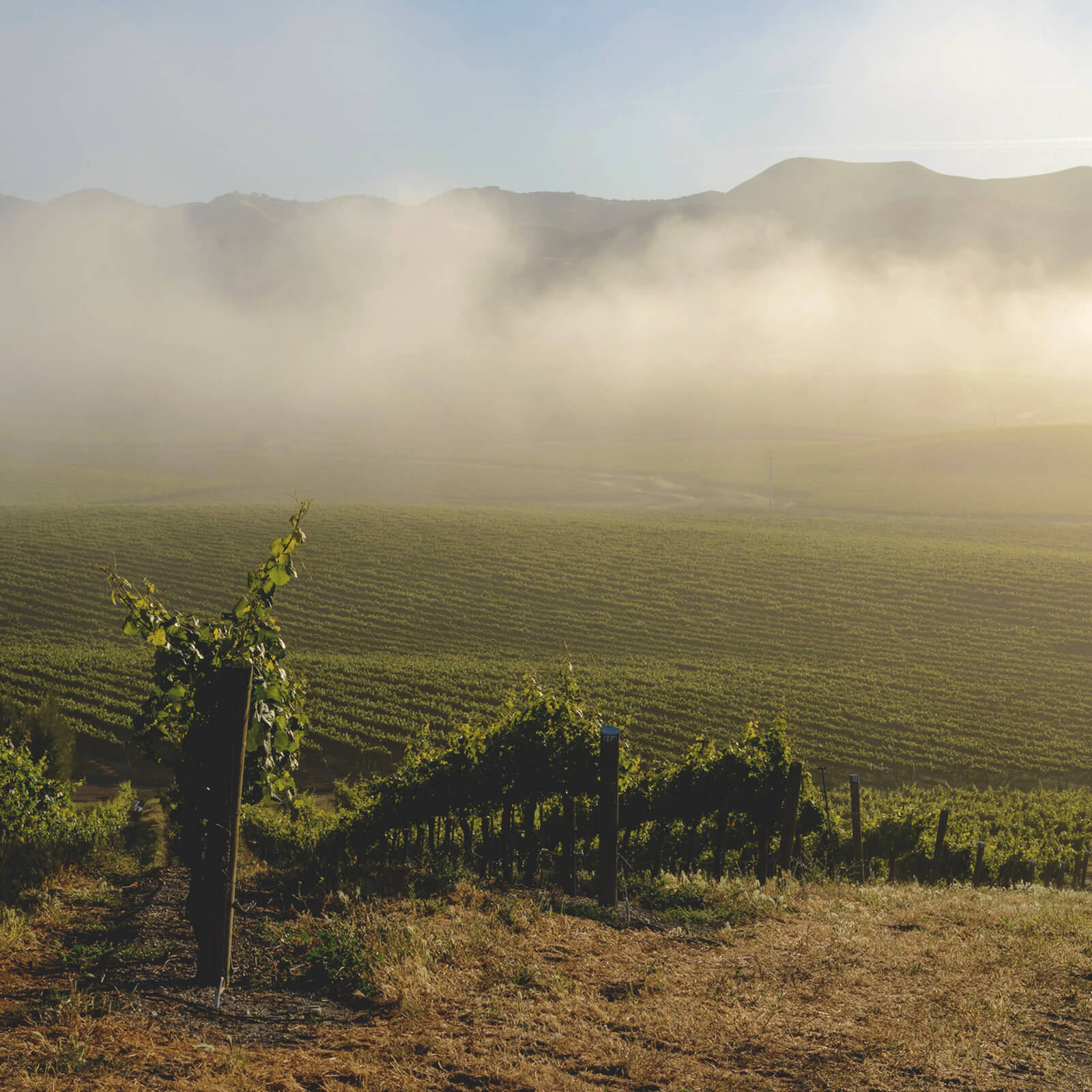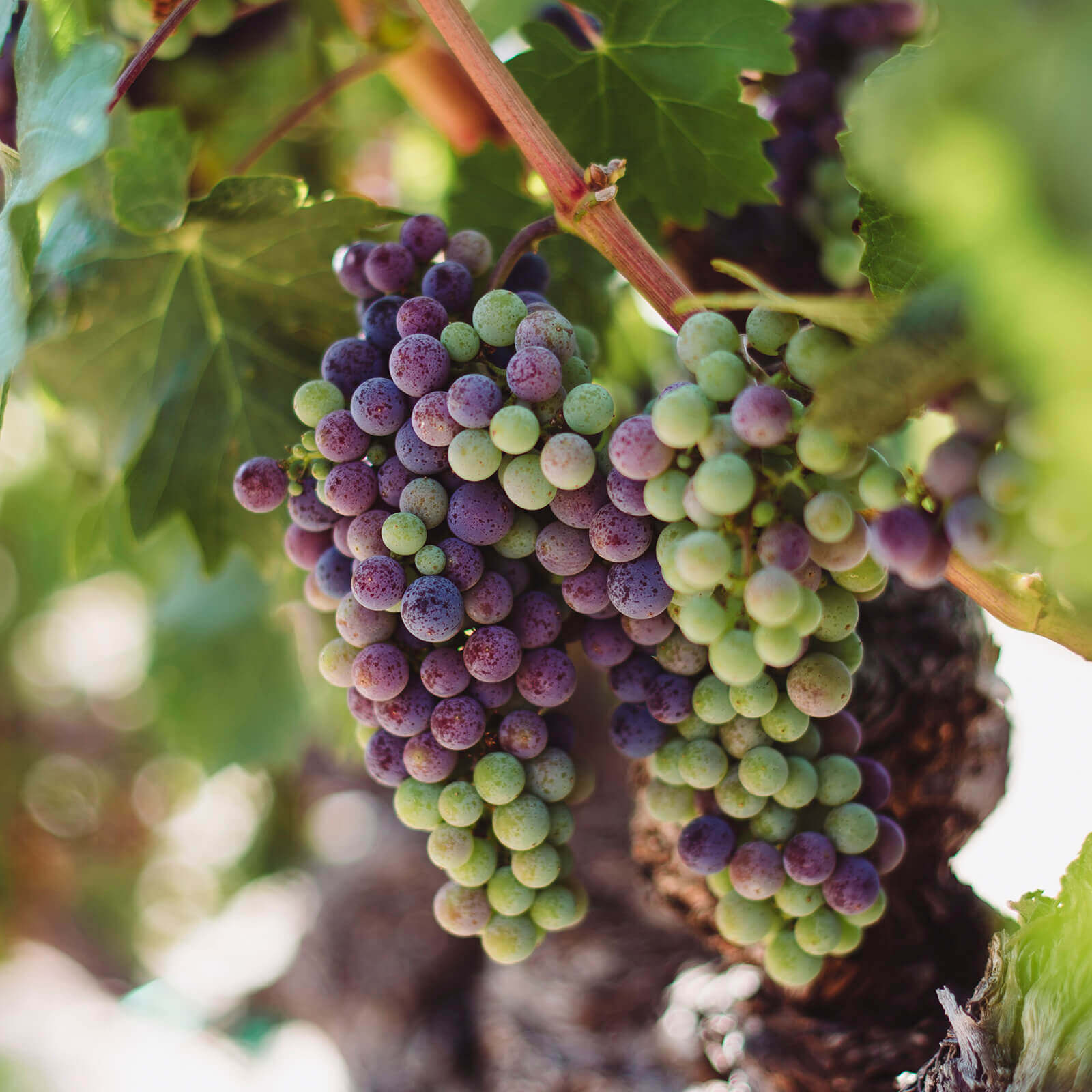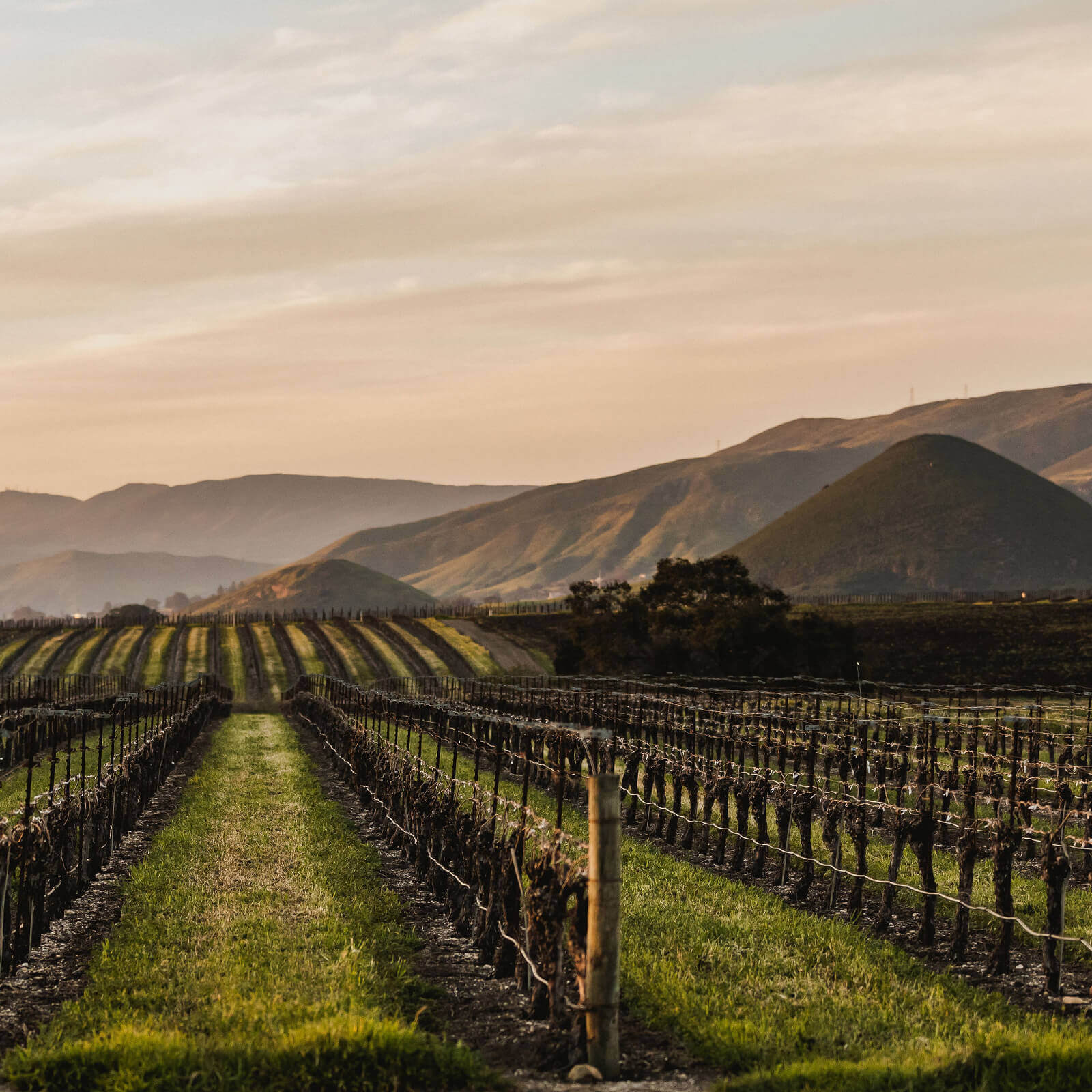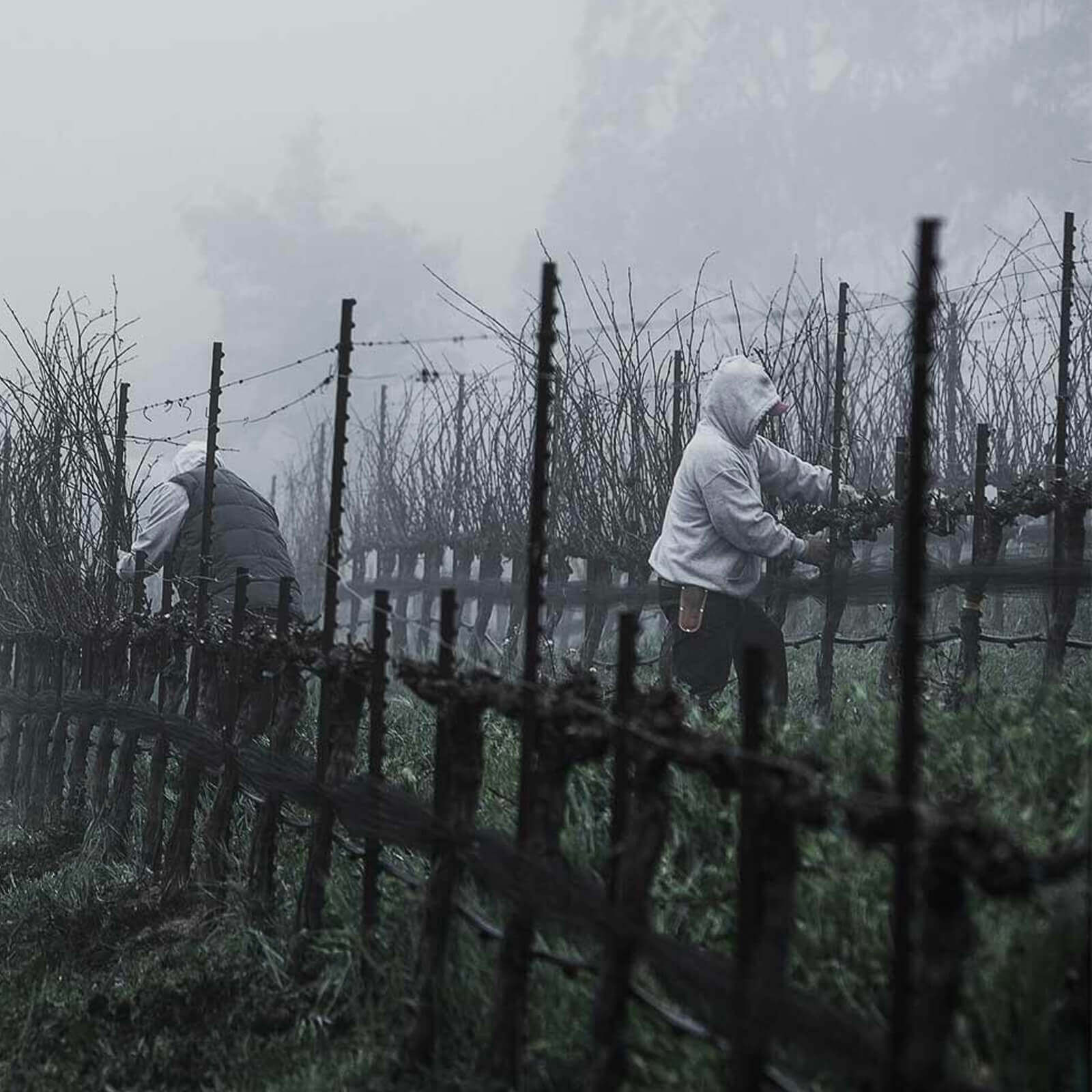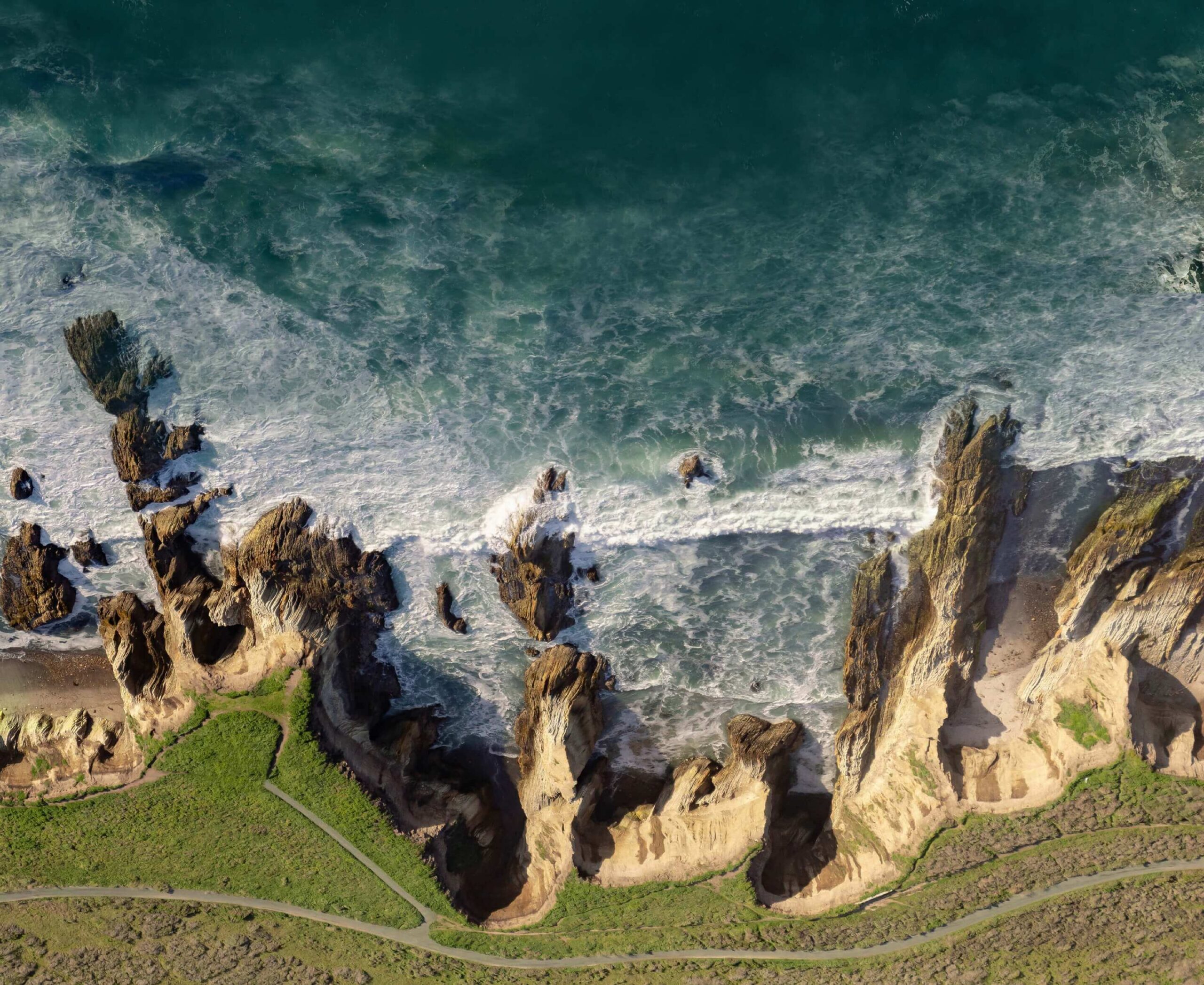
Defined by the Elements of the Pacific
Discover Where the Coast Meets the Vines
Cool climate wines influenced by soil, shaped by wind, cooled by fog, kissed by sun.
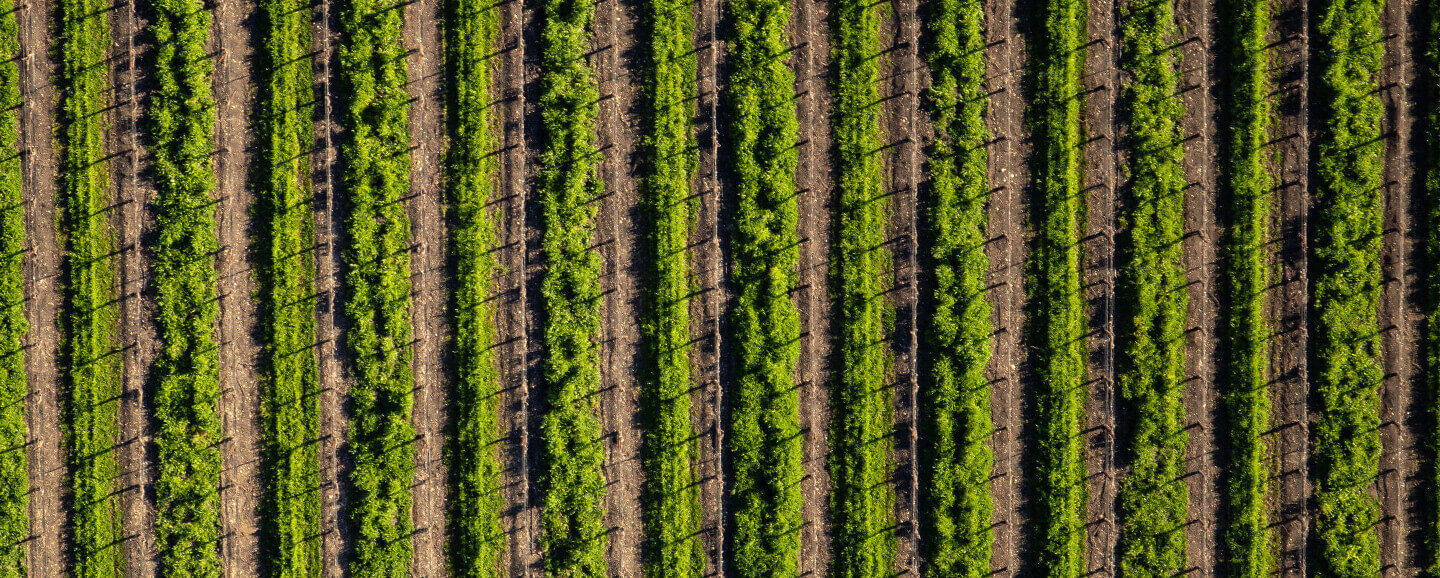



A Taste of the
San Luis Obispo Coast


Coastal fog, wind, soil, and sun create
Wines Refined by the Pacific’s Influence
With just a few miles between them, the elements of the Pacific Coast greatly shape the wines of California’s coolest wine growing region.
- One of the world’s longest growing seasons
- Marine conditions keep things cool, complex, and balanced
- Varied marine topography of fossilized shells, shale, and sand
- 20 varieties grown, led by Chardonnay and Pinot Noir
- Just 5,000 total vineyard acres planted
- Wines with a unique exuberance and energetic acidity
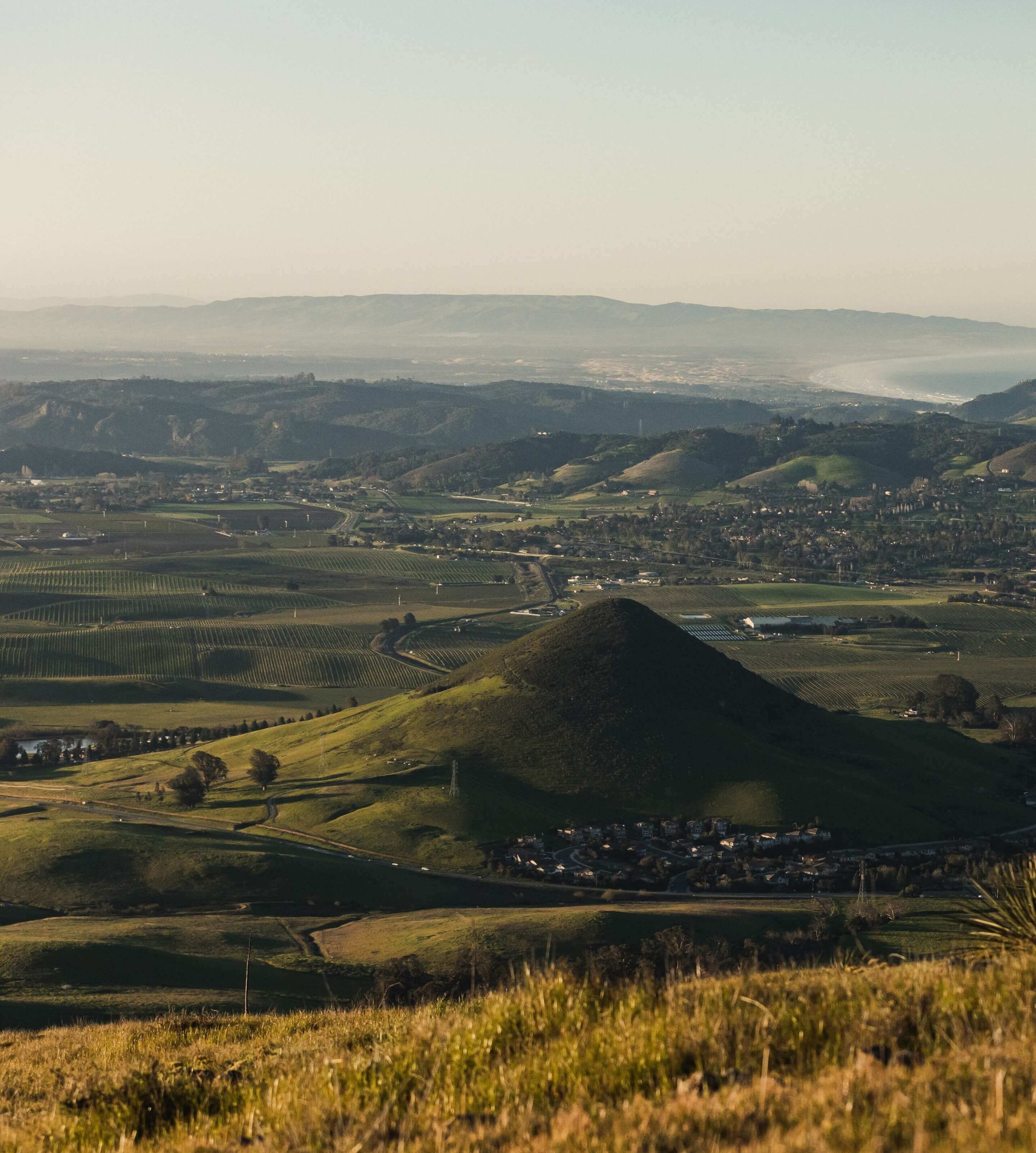
Discover the Elements that Define the
Essence of the Coast




